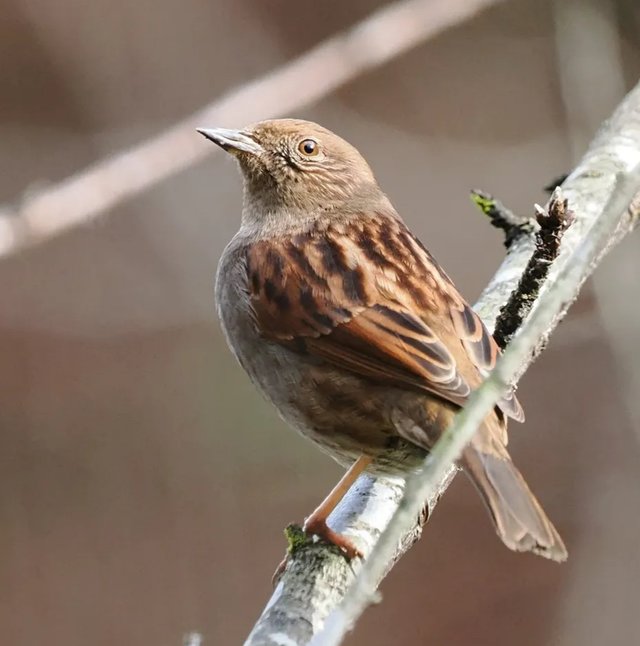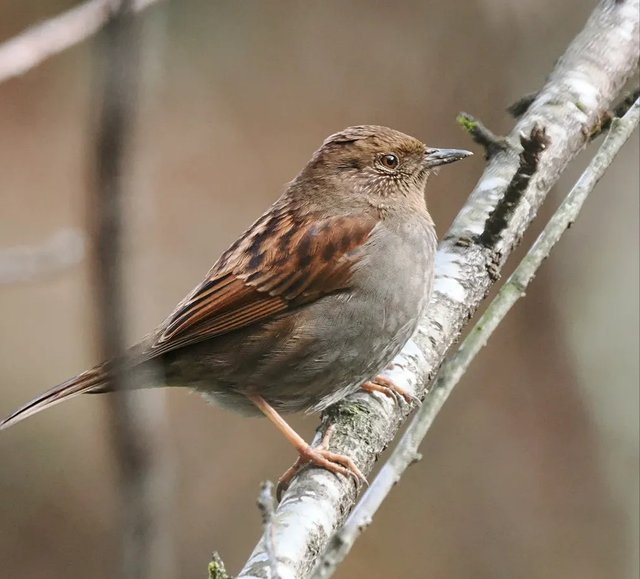So Cute Alpine Accentor Bird
The Alpine Accentor is a fascinating bird species that resides in some of the most rugged and extreme environments in the world. Known for its resilience and adaptability, this bird thrives in alpine and mountainous habitats across Europe, North Africa, and parts of Asia. Its intriguing behavior, unique adaptations, and ecological role make it a subject of great interest for ornithologists and bird enthusiasts alike.
Physical Description
The Alpine Accentor is a medium-sized passerine bird, measuring about 15–17 cm in length with a wingspan of 25–27 cm. It weighs approximately 30–40 grams. It has a relatively muted but beautiful plumage that helps it blend into rocky terrains. The bird’s body is predominantly greyish-brown with darker streaks on its back and flanks. Its breast and belly are rufous or rusty-colored, with subtle spotting. The bird’s head is grey, with a distinct black-and-white streaked throat that gives it a distinguished appearance. Its slender, pointed bill is adapted for picking insects and seeds.
Habitat and Distribution
The Alpine Accentor is primarily found in high-altitude regions, usually between 1,800 and 3,000 meters above sea level. It inhabits rocky slopes, scree fields, alpine meadows, and areas near snowlines. During the winter, it may descend to lower elevations in search of food, venturing into forests and human settlements.
Its range spans a wide geographic area, including the Pyrenees, the Alps, the Himalayas, and mountain ranges in Central Asia and East Asia. The species has also been observed in Morocco and parts of Turkey, highlighting its ability to adapt to diverse mountain ecosystems.
Behavior and Ecology
The Alpine Accentor is a highly social bird, often seen foraging in small flocks, especially during the non-breeding season. Its diet consists primarily of insects and spiders during the summer, while in winter, it shifts to seeds, berries, and other plant material. This dietary flexibility is a key factor in its ability to survive in harsh, nutrient-poor environments.
One of the most remarkable aspects of the Alpine Accentor is its breeding behavior, which is highly unusual among birds. The species exhibits a polyandrous mating system, where one female mates with multiple males. This behavior is thought to enhance genetic diversity and increase the chances of reproductive success in challenging environments. Males often cooperate in feeding the chicks, irrespective of paternity, which is a rare trait in avian species.
The nest is typically built in crevices or under rocks, providing protection from predators and harsh weather. Females lay 3–5 eggs, which are incubated for about two weeks. The chicks fledge after another two weeks but remain dependent on their parents for some time.




Thanks For Reading

You've got a free upvote from witness fuli.
Peace & Love!